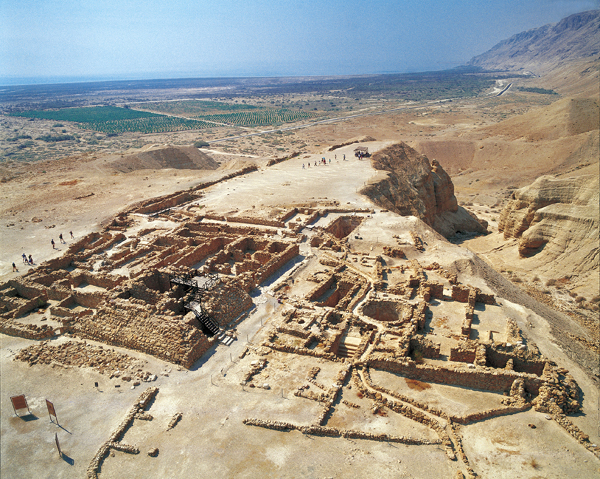Mani and the Dead Sea Scrolls
Sidebar to: Adam Meets the Evil Archon

Manichaean mythology not only draws on Genesis, but also borrows from extrabiblical Jewish texts, including a Second Temple era account known as the Book of Giants. The Book of Giants includes an expanded version of Genesis 6:1–4, in which the sons of God mate with the daughters of man. The Book of Giants is known from only two literary collections: the Dead Sea Scrolls and the Manichaean scriptures, where it was considered canonical.
How did Mani and his followers know about this ancient Jewish book? Is there a connection between Mani and the Essenes, the Jewish sect often credited with producing and preserving the Qumran library?
Bishop Epiphanius of Salamis, a fourth-century C.E. expert on Christian heresies, suggests an intriguing link.
According to Epiphanius, who was intimately familiar with the late antique Palestinian landscape, the Dead Sea area was home to a Jewish sect of “Ossaeans,” a designation that is strikingly reminiscent of “Essenes.” Epiphanius reports: “During the reign of the Emperor Trajan [98–117 C.E.],” these “Ossaeans” were joined “by one called Elksai, who was a false prophet.” According to Epiphanius, the Ossaean sect is now called “Sampsaean,” but elsewhere he states that the “Sampsaeans are now called Elkesaites.”
Already a library member? Log in here.
Institution user? Log in with your IP address.

